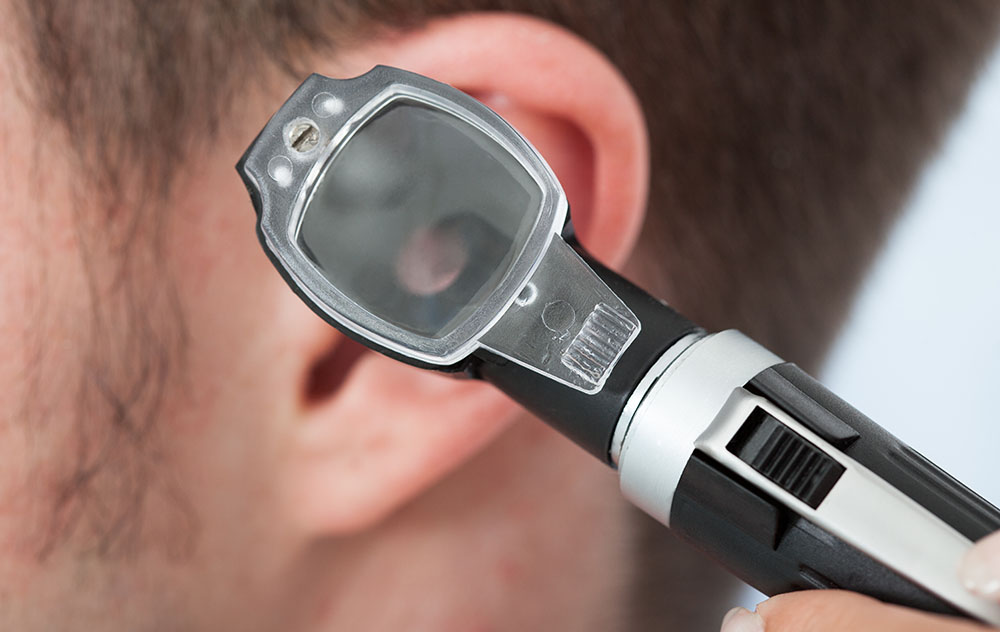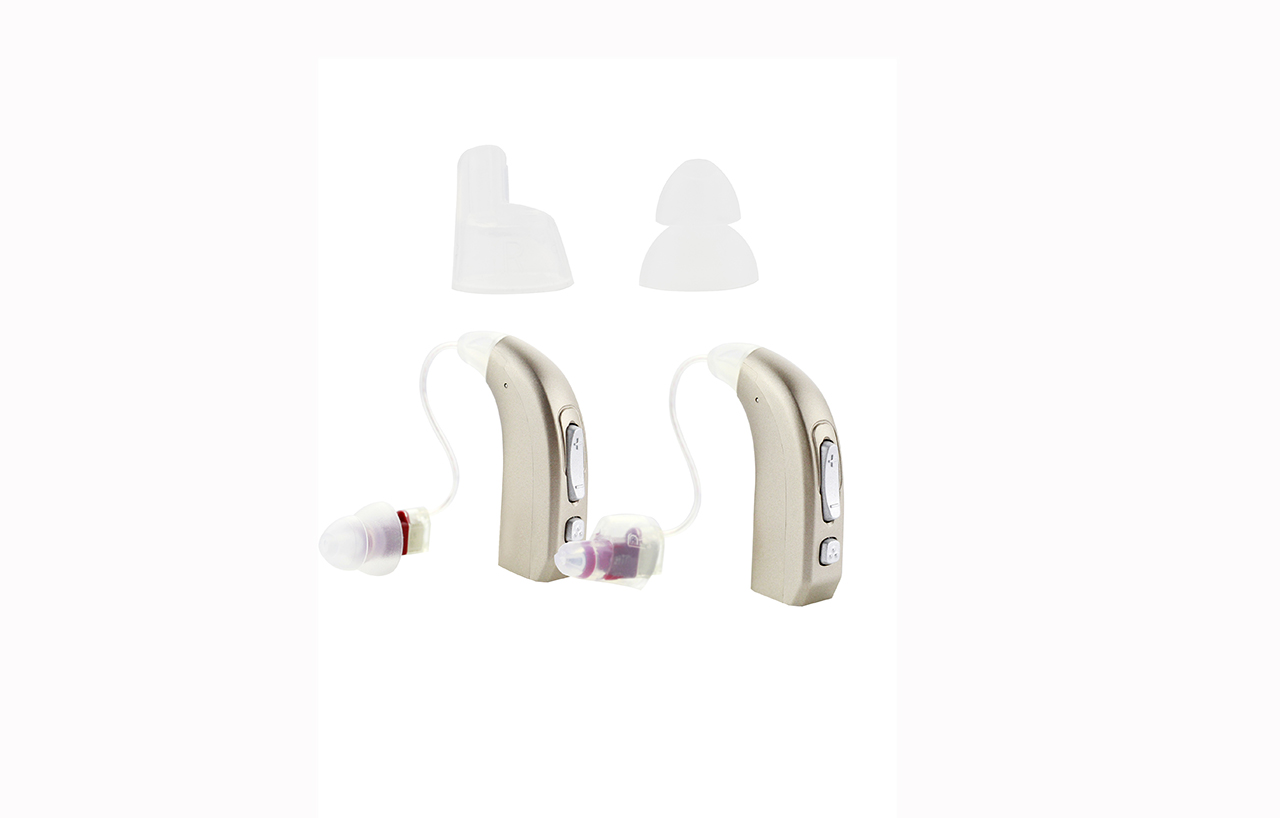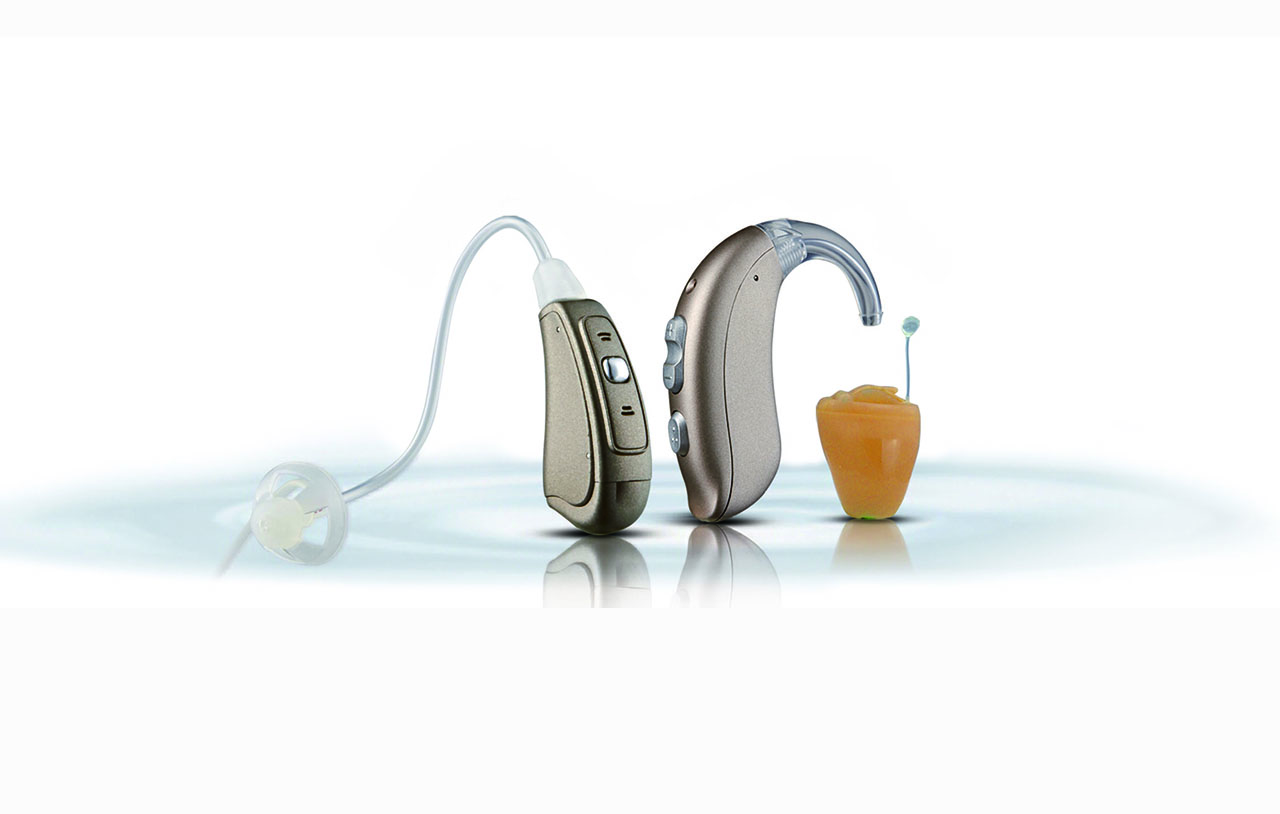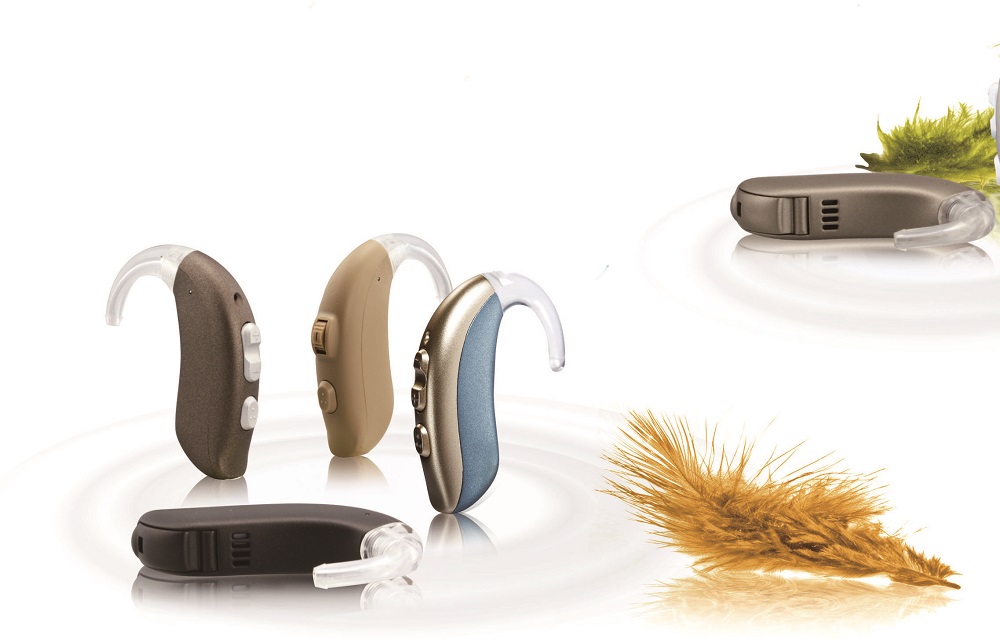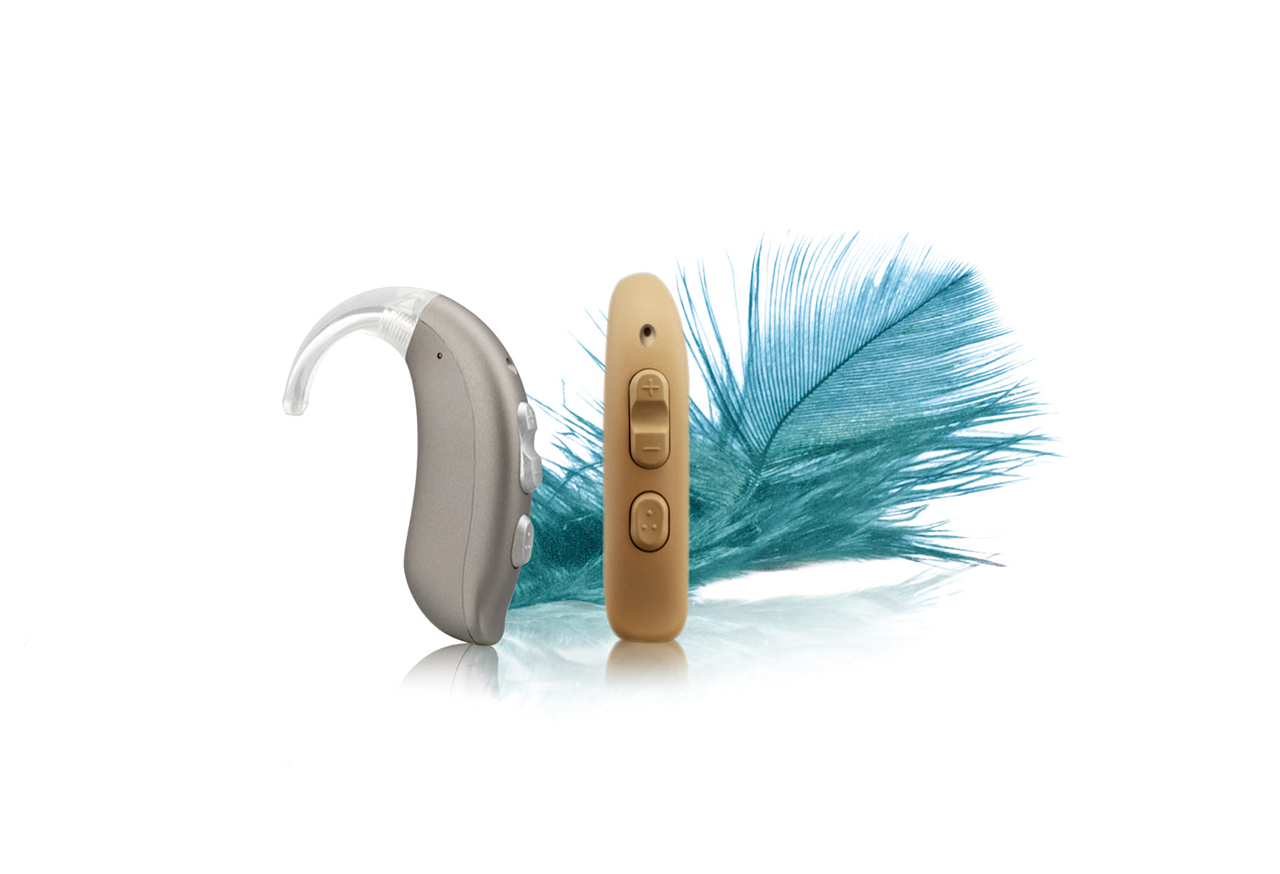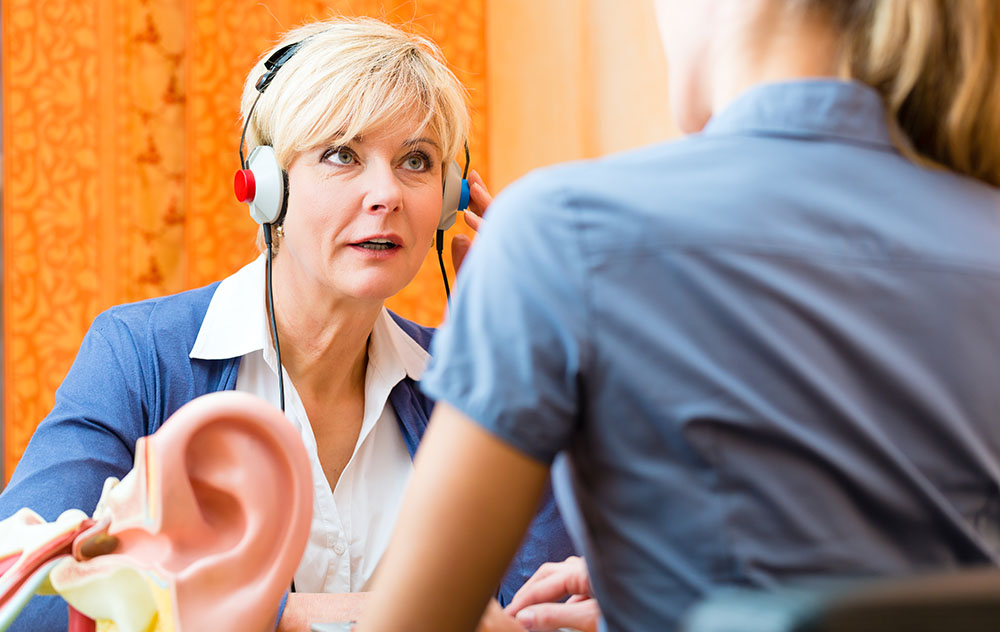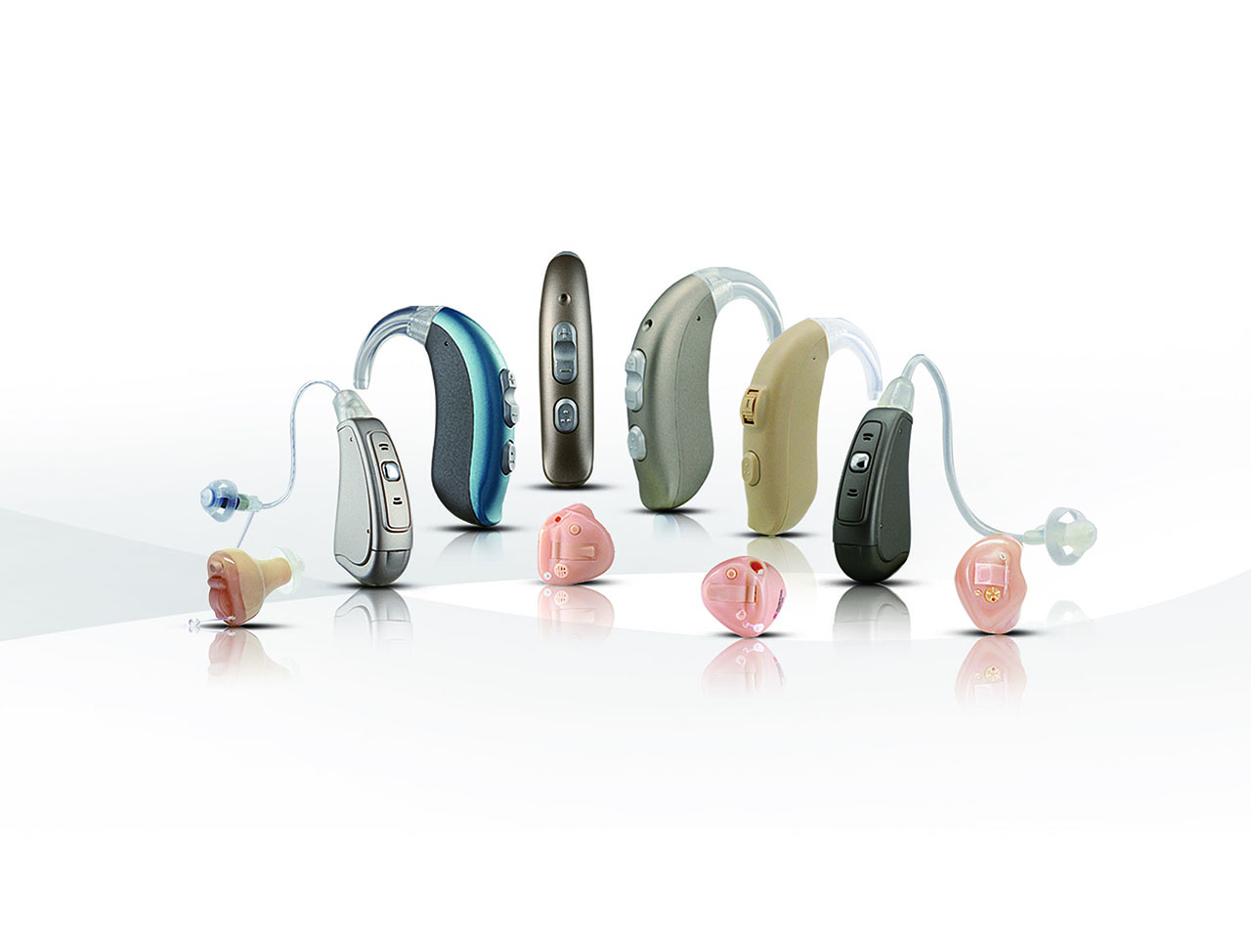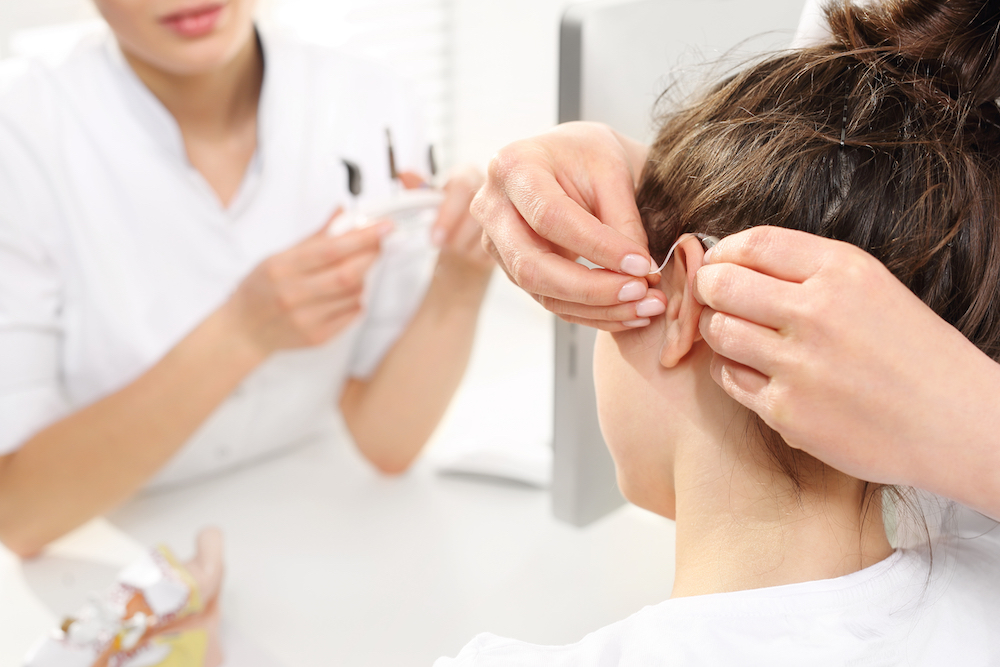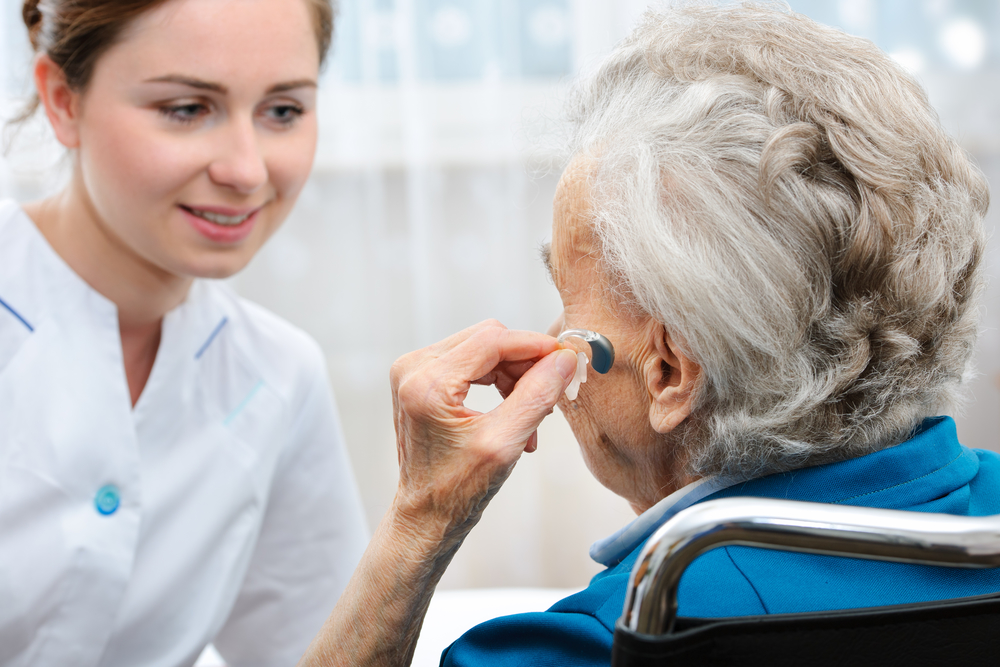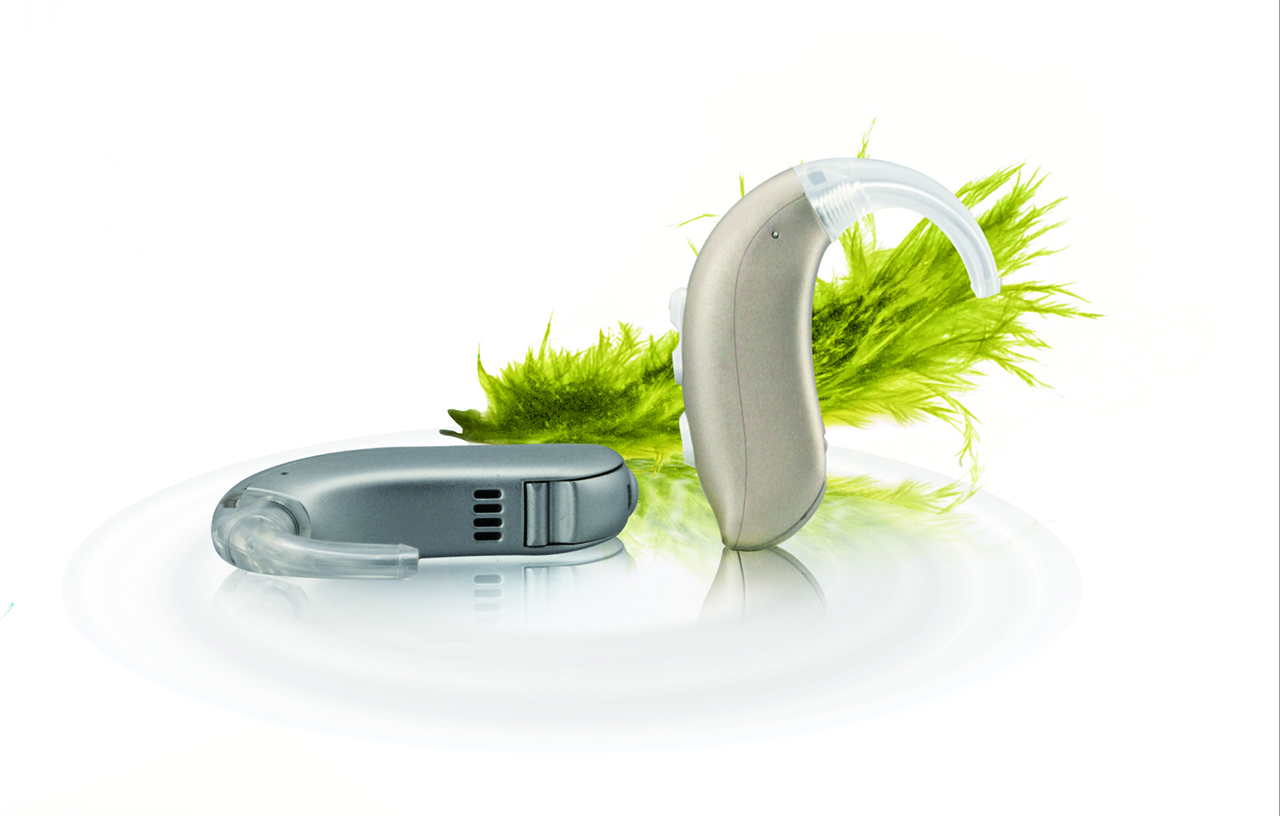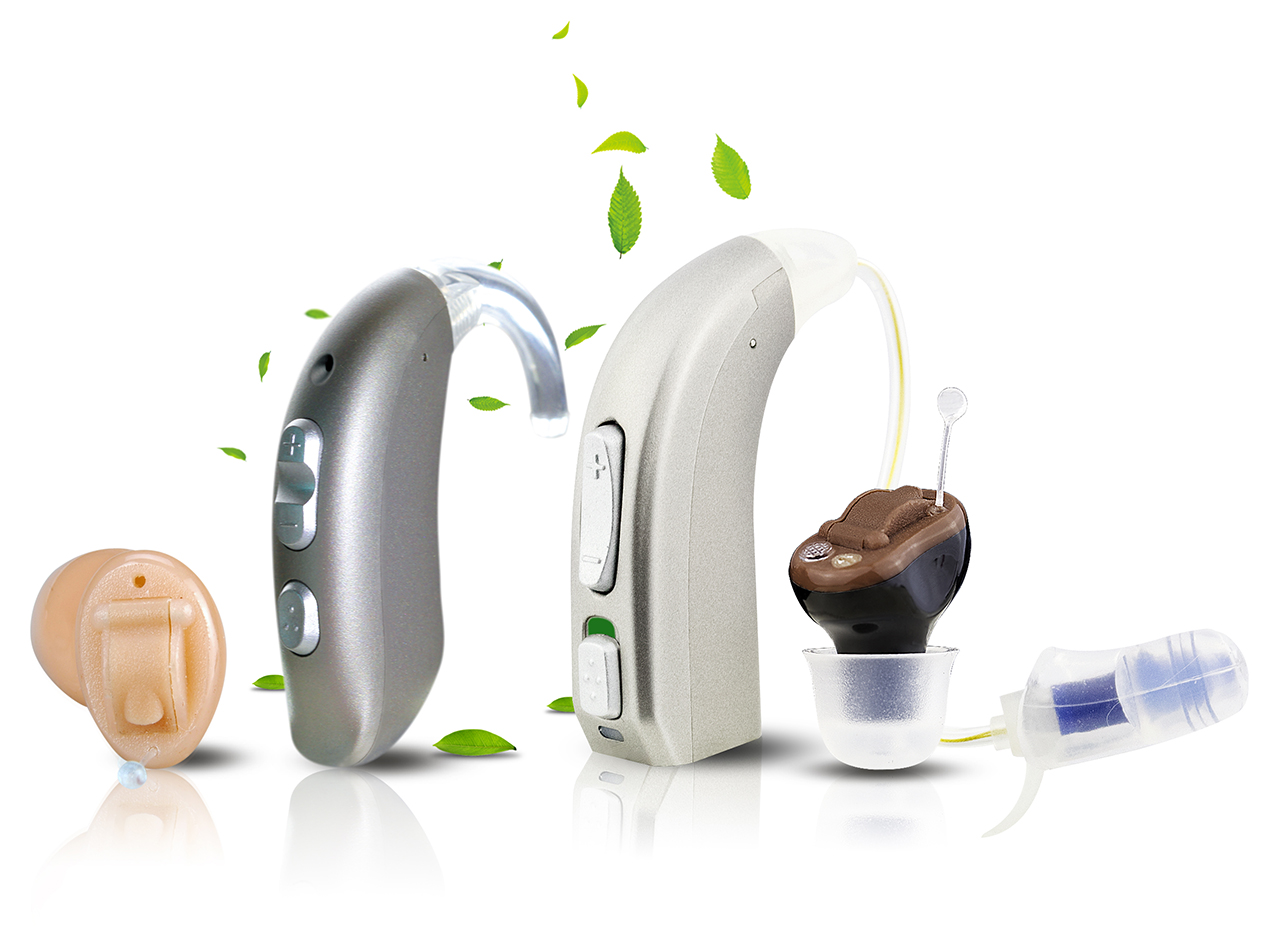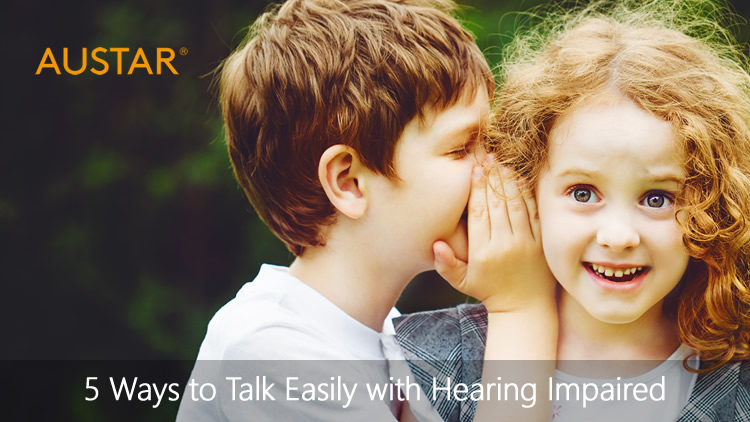
5 ways to make conversation easier for users wearing hearing aids
Many people mistakenly believe that wearing hearing aids can achieve normal hearing and immediate results, in fact, wearing hearing aids is only the beginning of the hearing rehabilitation process. Hearing aid wearers need to get used to new sounds and changes in timbre to re-establish self-confidence when communicating. Friends and family should gradually help them overcome difficulties in order to give them great help, 5 ways to help hearing aid users talk easily:

1. Keep the user focused before conveying the message and avoid talking to multiple people at the same time. We can pat the user before talking to him to help him focus on us, or ask the user to stop what they are doing to focus. For users with poor speech resolution, it is more recommended to understand one-on-one, avoid multiple conversations, and avoid distracting users.
2. Communicate face-to-face when speaking, using gestures, facial expressions, lip language to help users understand. Even when people with normal hearing communicate with others, face-to-face communication, supplemented by facial expressions and lip speech, can achieve the best results. This is even more important as a person with hearing impairment.
3. The speaker should speak clearly, talk at a normal communication distance and normal volume, and slow down the speed of speech. Often in life we have a misunderstanding, think that can not hear clearly the sound can be increased, does have a certain effect, but its effect is not as good as the normal volume to slow down the speed of speech, so in daily life we as family and friends to help our hearing impaired people with more patience, take the initiative to slow down the speed of speech.
4. Reduce background noise and try to keep users away from noise sources. For example, turn the sound off the TV or radio, or close the door to reduce noise.
5. When talking, if you find that the wearer is tired, do not force or prolong the conversation. Especially the elderly, due to age, are weaker and not suitable for long-term focused conversation.
AUSTAR: A leading professional Chinese hearing aid manufacturer and supplier, committed to improving hearing through technology for hearing-impaired users.


























